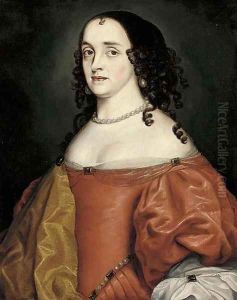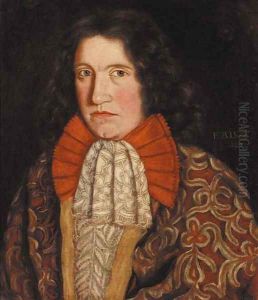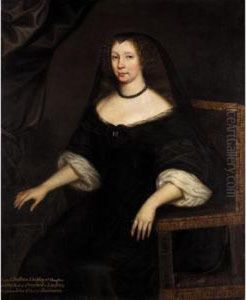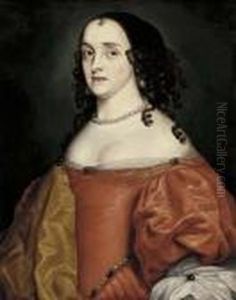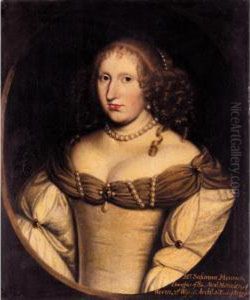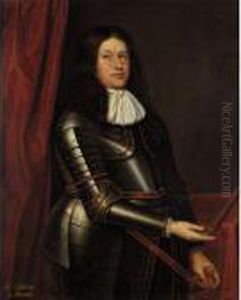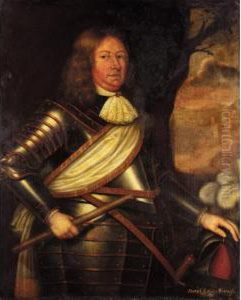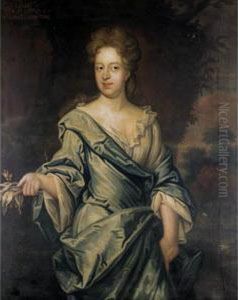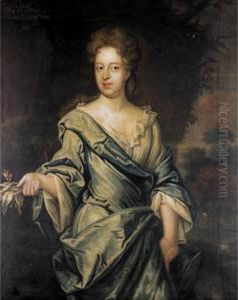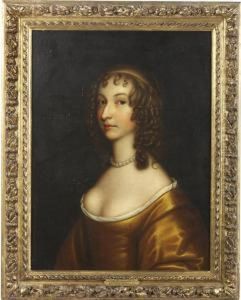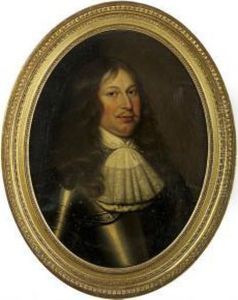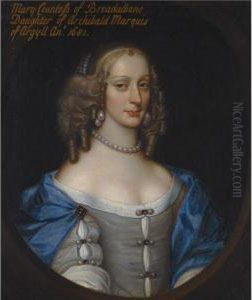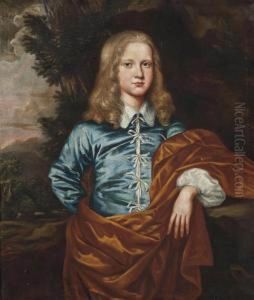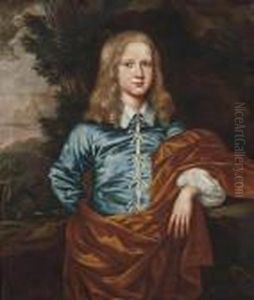David Scougall Paintings
David Scougall was a Scottish portrait painter whose life and career are somewhat obscured by the scant records available from the 17th century. What is known about him suggests he was active during the middle to late 17th century, primarily in Scotland. Scougall's work coincided with a period of significant historical events in Scotland, including the Civil Wars, the Cromwellian occupation, and the Restoration of Charles II. Despite these tumultuous times, Scougall managed to establish himself as a sought-after portraitist among Scotland's gentry and nobility.
Scougall's style is reflective of the broader European portrait painting trends of his time, showing influences from both Dutch and Flemish artists, who were considered the leading portrait painters in Europe. His portraits are characterized by their detailed depiction of the sitter's attire and surroundings, as well as a keen interest in conveying the personality and status of his subjects. This was a time when portraiture was not just an art form but also a means for families to assert their social position and legacy.
The most notable aspect of Scougall's work is his portraits of significant Scottish figures, which provide a valuable insight into the clothing, interior design, and social conventions of 17th-century Scotland. Unfortunately, due to the limited documentation, the extent of his oeuvre is not fully known, and much of it has likely been attributed to other artists or remains unidentified.
David Scougall's death is believed to have occurred around 1685. His legacy, while not as prominent as some of his contemporaries, is preserved in several Scottish collections, including the National Galleries of Scotland. Through these works, Scougall provides a window into the Scottish elite's life and culture during a pivotal period in the country's history.
